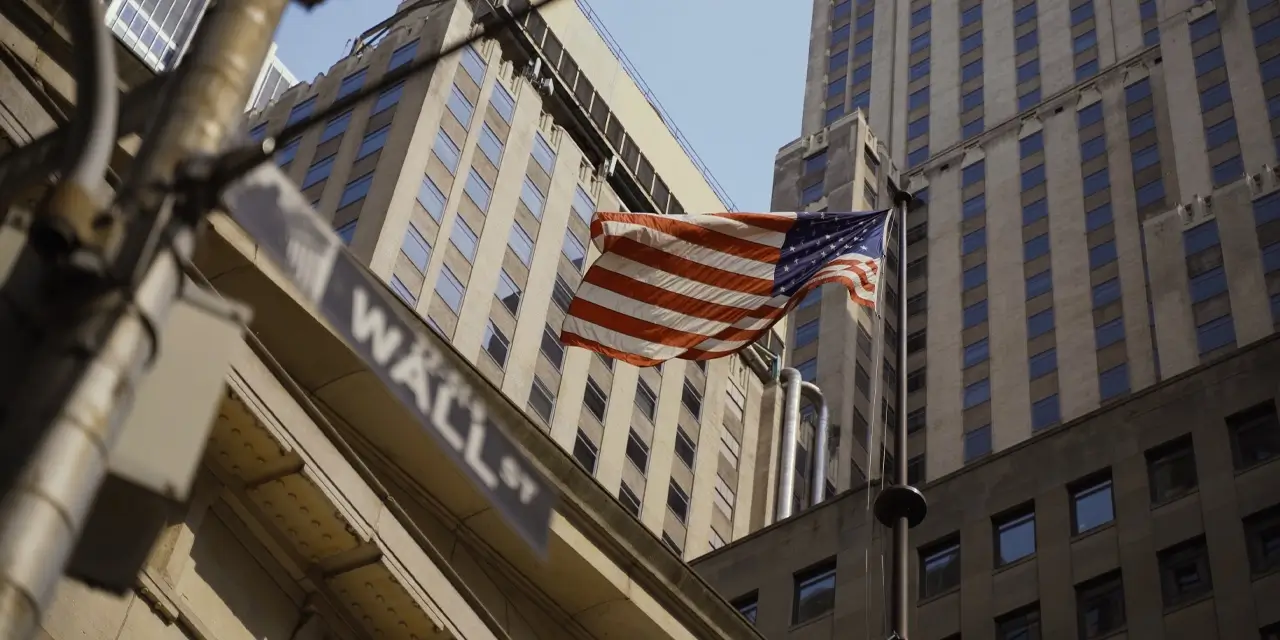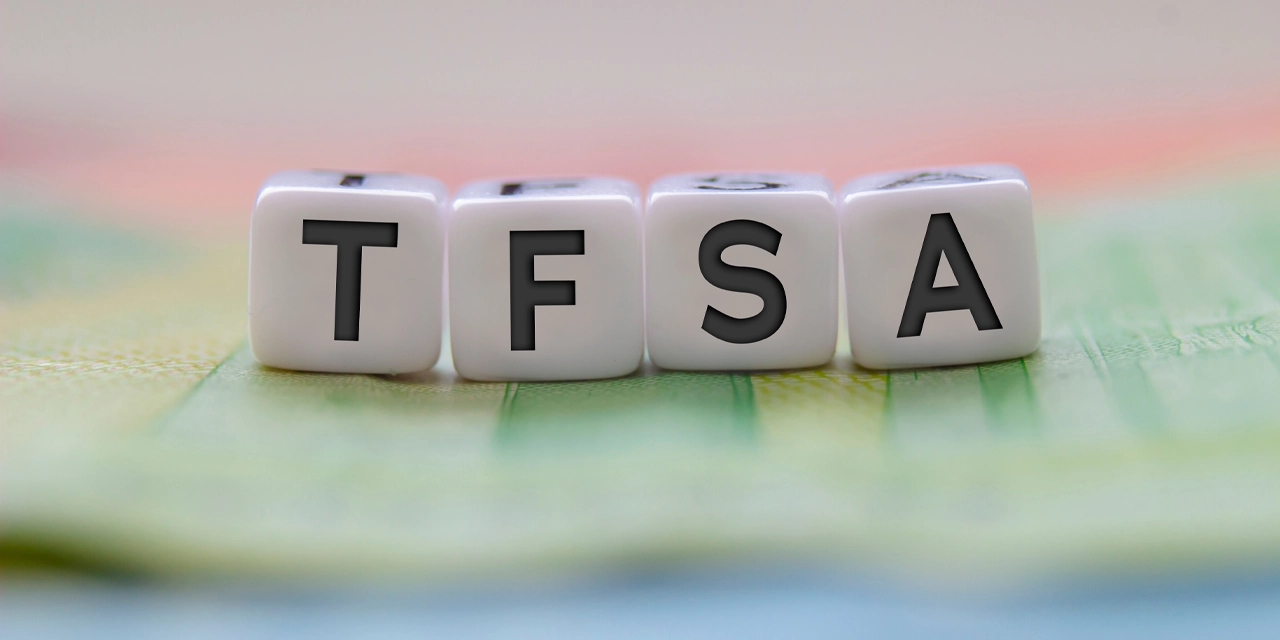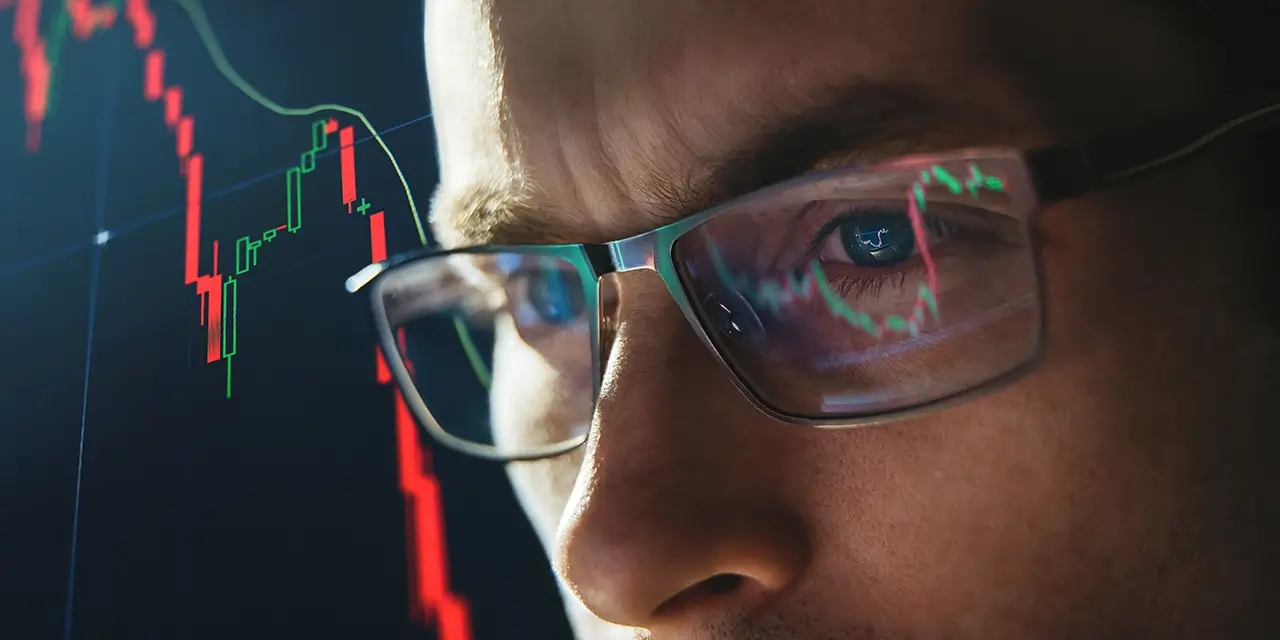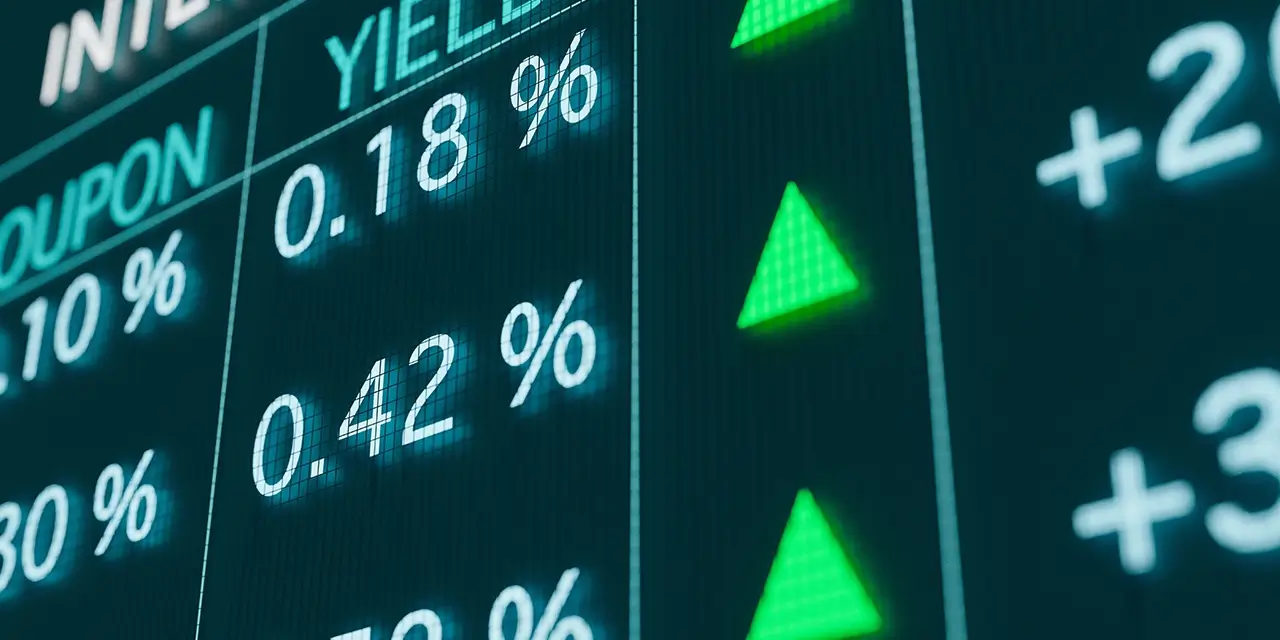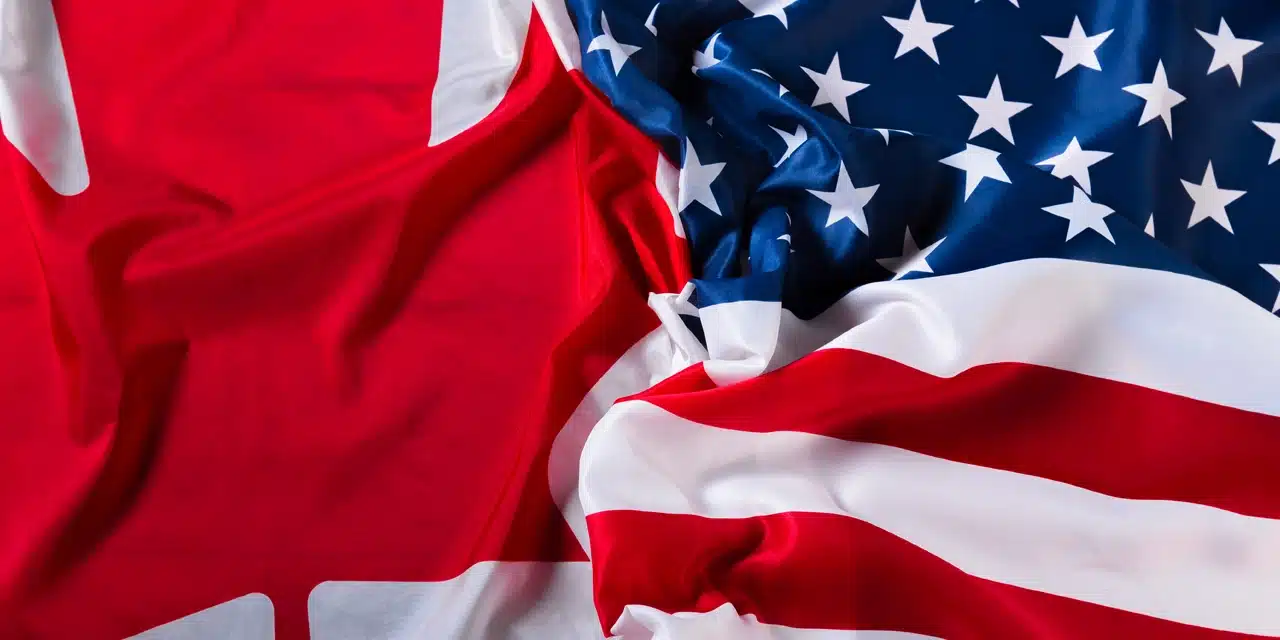By Ambrose O’Callaghan
The United States remains the pre-eminent global financial power. It stands to reason that it is also home to the largest and most powerful banking institutions on the planet. Top US bank stocks put together phenomenal performance in 2024.
How should investors approach this sector in 2025? What innovations are happening in the financial sector that are worth getting excited about? And how has the performance of the sector impacted the Harvest US Bank Leaders Income ETF (HUBL:TSX)?
Let’s jump in.
Benefits of the banking sector
Banks tend to fall on the low-risk side in the investment space. A healthy, thriving economy requires a strong financial and banking sector to facilitate transactions and foster trust. Banks are usually resilient, well funded, and have solid histories of dividend growth. A bank or company with a long history of dividend growth indicates a strong track record of success.
Where is US banking headed in the near term?
Early in 2024, we released a piece that focused on the depositor panic that followed the collapse of three small-to-midsize banks in 2023. This collapse resulted in the seizure of Silicon Valley Bank (SVB) by the California Department of Financial Protection and Innovation, placing it under the receivership of the Federal Deposit Insurance Corporation (FDIC).
Later that year, the US Federal Reserve introduced the Basel III Endgame, a proposal to increase capital requirements for banks to address operational risk.. These also included more rigorous stipulations for regional and midsize banks. However, the new Republican-controlled Presidency, Senate, and House may look to roll back new regulations as previous Republican governments have been wont to do.
Despite interest rate cuts in 2024, rates remain higher than the pre-pandemic environment. A strong economic outlook has tempered expectations for more pronounced interest rate cuts.US banks should benefit from the tailwinds that will emerge from higher-for-longer interest rates. Namely, the higher profit margins from credit books going forward. There are headwinds in the form of lower credit quality, due in large part to higher delinquencies and losses in commercial real estate (CRE) portfolios, but this is an area that is expected to see some improvement in the New Year.
Innovation in the banking space
The rise of digital banking technologies, including generative AI, personal financial management software, the Internet of Things (IoT), and other fintech innovations, have combined to give rise to a phenomenon some in the industry are referring to as “invisible banking”.
Invisible banking allows for the integration of banking products and services with the day-to-day digital activities of customers. The aim is to make the customer’s tasks as convenient and quick as possible. Once these goals are achieved, banks hope to make the customer banking experience one they do not have to see as a hassle. The embedding of banking in everyday activities also holds huge promise in areas of profit generation. So, where will we see these shifts?
Alan McIntyre, the senior managing director for banking at Accenture, states that payments will move away from cards and phones toward wearables and biometrics. Moreover, banking activities will increasingly be done through voice technology and virtual assistants like Siri and Alexa.
SNS Insider recently projected that the digital banking platform market is set to rise from US$30.3 billion in value in 2023 to US$164 billion by 2032. That would represent a compound annual growth rate (CAGR) of 20.7% over the forecast period.
HUBL | Performance and High Monthly Income
HUBL is well-positioned to benefit from these developments and innovative technology trends. It offers exposure to the largest US banks that have a scale and presence that is unmatched globally. HUBL has names like Morgan Stanley, Bank of America, Goldman Sachs, and JPMorgan in its portfolio.
HUBL is overlayed with an active covered call writing strategy to deliver high dividends every month. In 2024, Harvest ETFs announced an increase in HUBL’s monthly distribution to $0.10 per unit.
Annualized Performance (%)
As at November 30, 2025
| Ticker | 1M | 3M | 6M | YTD | 1Y | 2Y | 3Y | 4Y | 5Y | 7Y | SI |
|---|---|---|---|---|---|---|---|---|---|---|---|
| HUBL | 3.25 | 0.60 | 16.62 | 10.88 | 2.28 | 25.76 | 6.65 | 2.83 | 9.19 | 4.80 | 2.64 |
| HUBL.U | 3.44 | 1.08 | 17.81 | 12.94 | 4.40 | 27.71 | 8.13 | 4.29 | 10.66 | 6.54 | 4.10 |
Source: Harvest Portfolios Group, Inc.
Disclaimer
Commissions, management fees and expenses all may be associated with investing in Harvest Exchange Traded Funds (managed by Harvest Portfolios Group Inc.). Please read the relevant prospectus before investing. The ETF is not guaranteed, its values change frequently, and past performance may not be repeated. The content of this article is to inform and educate and therefore should not be taken as investment, tax, or financial advice. The current yield represents an annualized amount that is comprised of 12 unchanged monthly cash distributions as a percentage of the closing market price of the ETF. The current yield does not represent historical returns of the ETF. Distributions are paid to you in cash unless you request, pursuant to your participation in a distribution reinvestment plan, that they be reinvested into available Class units of the ETF. If the ETF earns less than the amounts distributed, the difference is a return of capital.

